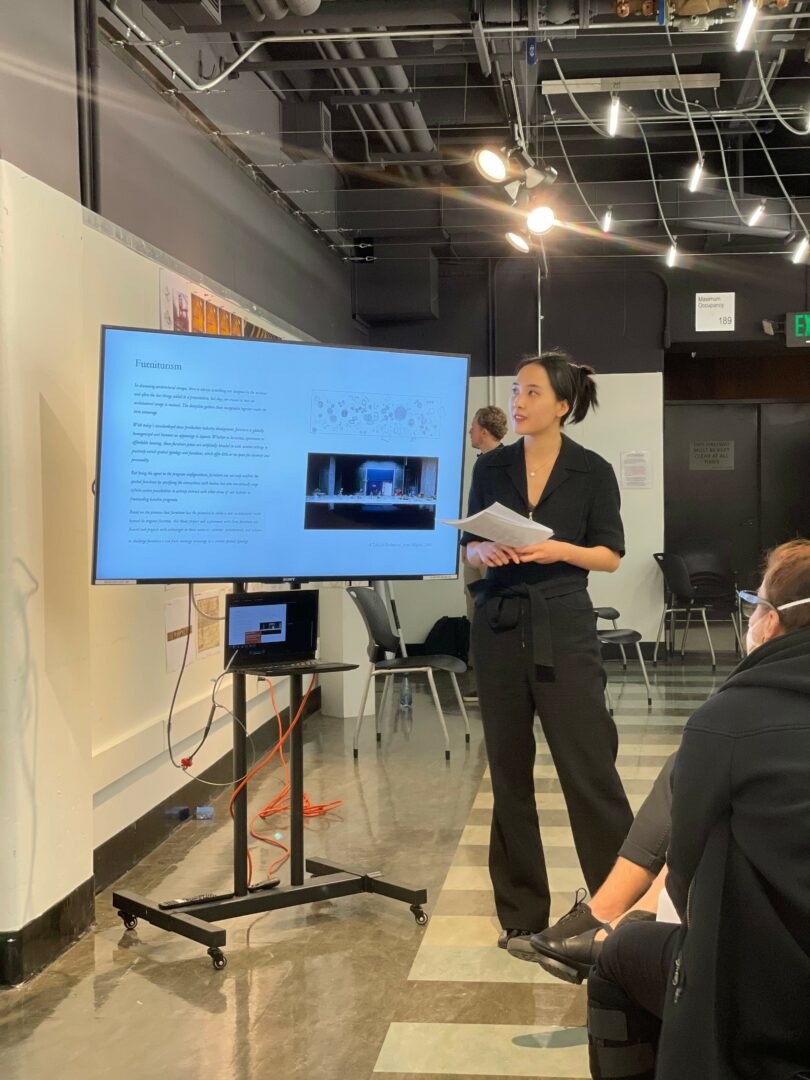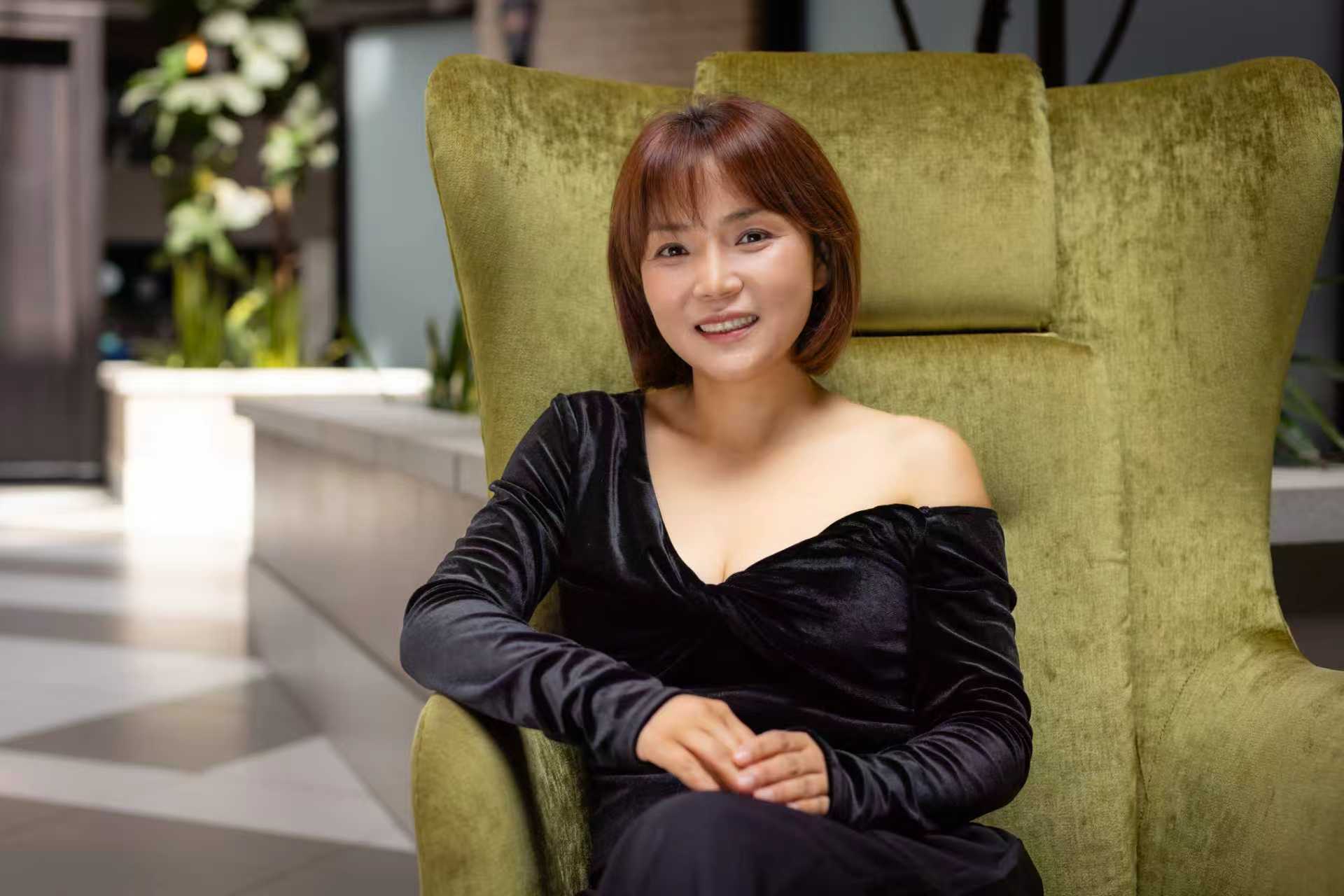Alright – so today we’ve got the honor of introducing you to LIN HU. We think you’ll enjoy our conversation, we’ve shared it below.
LIN, thank you so much for taking the time to share your lessons learned with us and we’re sure your wisdom will help many. So, one question that comes up often and that we’re hoping you can shed some light on is keeping creativity alive over long stretches – how do you keep your creativity alive?
My name is Lin, and I am an architectural designer. Throughout my journey, one idea has continually fueled my creativity – a design philosophy I call “Thinking in Future Archaeology.”
Architecture, as a discipline, is in constant evolution. From ancient agricultural cottages to contemporary superstructures, our built environment has always mirrored the pulse of human civilization. What began as the primitive instinct for shelter has expanded into an art of shaping experience – spaces that protect, inspire, and connect. Today, architecture extends beyond the physical realm: we design for well-being, for sustainability, and even for the merging of virtual and real worlds through AI-driven technologies. At every stage, it is creativity that propels architecture forward, redefining how we live and interact with space.
As a designer, I believe it is crucial to maintain a fresh and curious eye – not only to bring innovative solutions to clients and communities, but also to challenge traditional architectural typologies and expand the boundaries of what architecture can be. This is where the concept of “Future Archaeology” guides me.
The word history originates from the Greek historia, meaning “inquiry” or “knowledge acquired by investigation.” In essence, history is not only what has happened – it is a living record of how space and time transform together. The relocation of a city’s capital or the adaptation of an old building tells stories not merely of the past, but of how humans continuously reshape their environment. If we view space as a vessel of history, we uncover new ways to interpret memory and design across generations.
Take architectural renovation as an example. Preserving historic buildings is not only about protecting the past – it is about creating a bridge between memory and modernity. When I study a traditional structure, I don’t just look at its materials or structural systems; I also observe the changing neighborhood, evolving zoning codes, and shifting climates around it. Creativity emerges from this dialogue between old and new – by reinterpreting what was, we can shape what will be. Renovation, in this sense, becomes a conversation between eras.
For new constructions, I find inspiration in precedents and typologies. As Spanish architect Rafael Moneo wrote in Oppositions Reader, “Typology is neither a spatial diagram nor the average of a serial list – it is fundamentally the act of thinking in groups.” Coming from China, I have witnessed how rapid modernization over the past five decades has led to a homogenization of architecture – distinctive regional identities fading into a global sameness. To counter this, I continually ask myself: How will typology evolve in the future? In my own projects, I explore this question from the earliest design stages. At the UC Berkeley James R. Boyce Housing Studio Symposium, I presented a housing project that reimagined the traditional double-loaded corridor by introducing a single-loaded scheme – offering better daylight, views, and community interaction while maintaining the same efficiency and marketing rate. In my graduate thesis, later published in UnbuiltArch, I examined furniture as an architectural component, using it to shape and define space more dynamically. Each exploration is an act of “future archaeology” – a way to excavate possibilities that may define tomorrow’s built world.
Ultimately, creativity in any field thrives on the same principles: learn from the past, observe the present, and imagine the future. By referencing precedents, engaging with the contemporary context, and continually rethinking what history means, we keep our creativity not only alive – but ever-evolving.
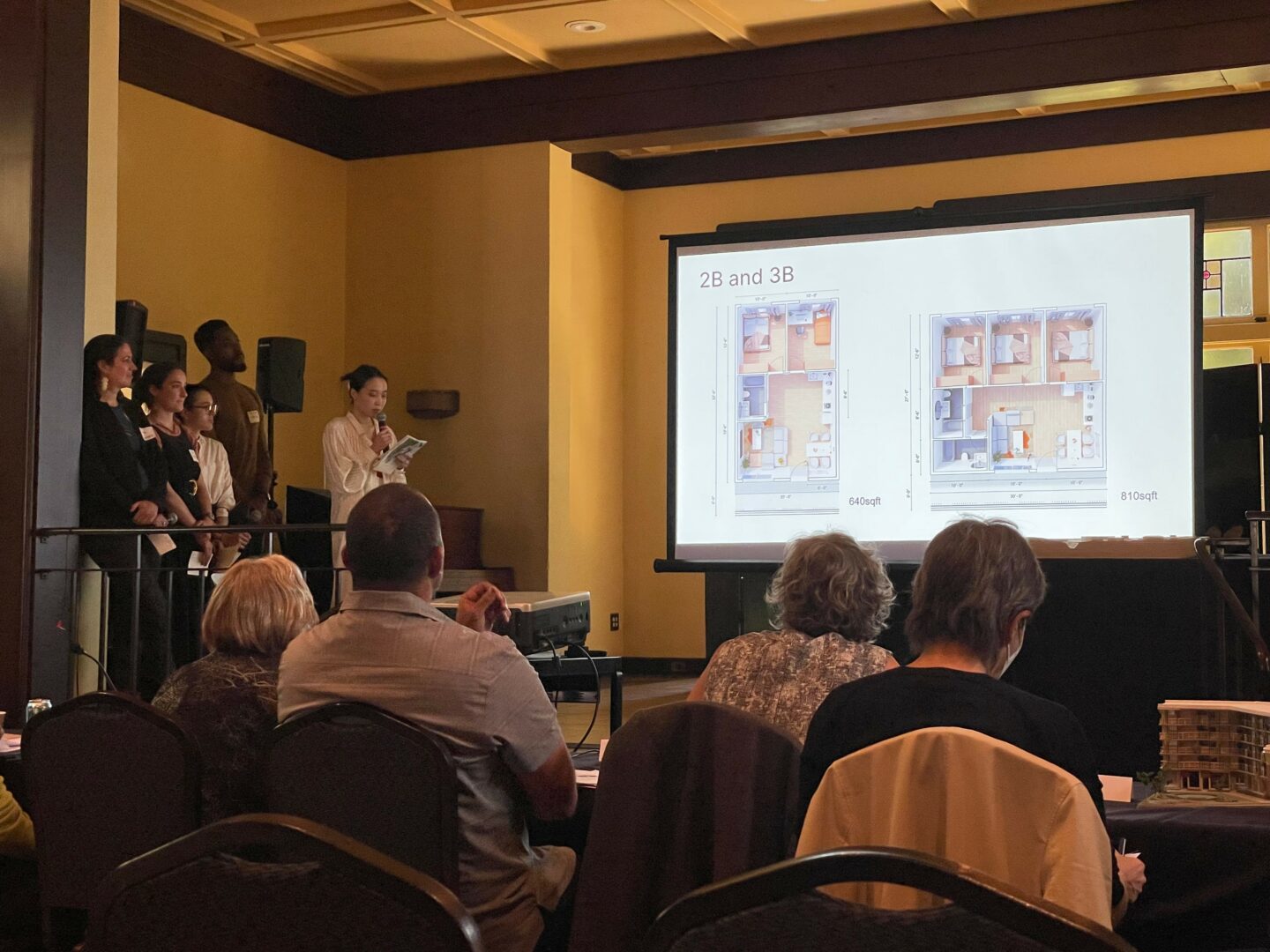

Appreciate the insights and wisdom. Before we dig deeper and ask you about the skills that matter and more, maybe you can tell our readers about yourself?
I am an architectural designer with over nine years of design experience across the United States and abroad. Holding a Master of Architecture from UC Berkeley and accredited as a LEED AP, I have led projects that champion resilience, efficiency, and inspiration in the built environment. My work spans diverse sectors – including multifamily housing, civic and workplace design, educational facilities, and transit-oriented developments – shaped through experiences at global firms such as Gensler and gmp.
My design leadership has been recognized internationally, earning distinctions such as the IDA Gold in Architecture, DNA Paris “Emerging Architect of the Year”, and Red Dot 2023 Winner. My projects have been featured in leading design platforms including UnbuiltArch and Gooood, and I also contribute to architectural discourse as a design critic at the California College of the Arts.
At the heart of my work lies a deep passion for exploring how architecture can evolve with society. I am driven by the challenge of translating sophisticated design philosophy into practical, human-centered spaces-creating environments that not only respond to today’s needs but also anticipate the transformations of tomorrow. My fascination with architectural typology and cultural continuity guides me to rethink spatial systems, embrace emerging technologies, and connect history with innovation. For me, design is both an inquiry and a journey – a way to imagine futures through the language of space, light, and material.
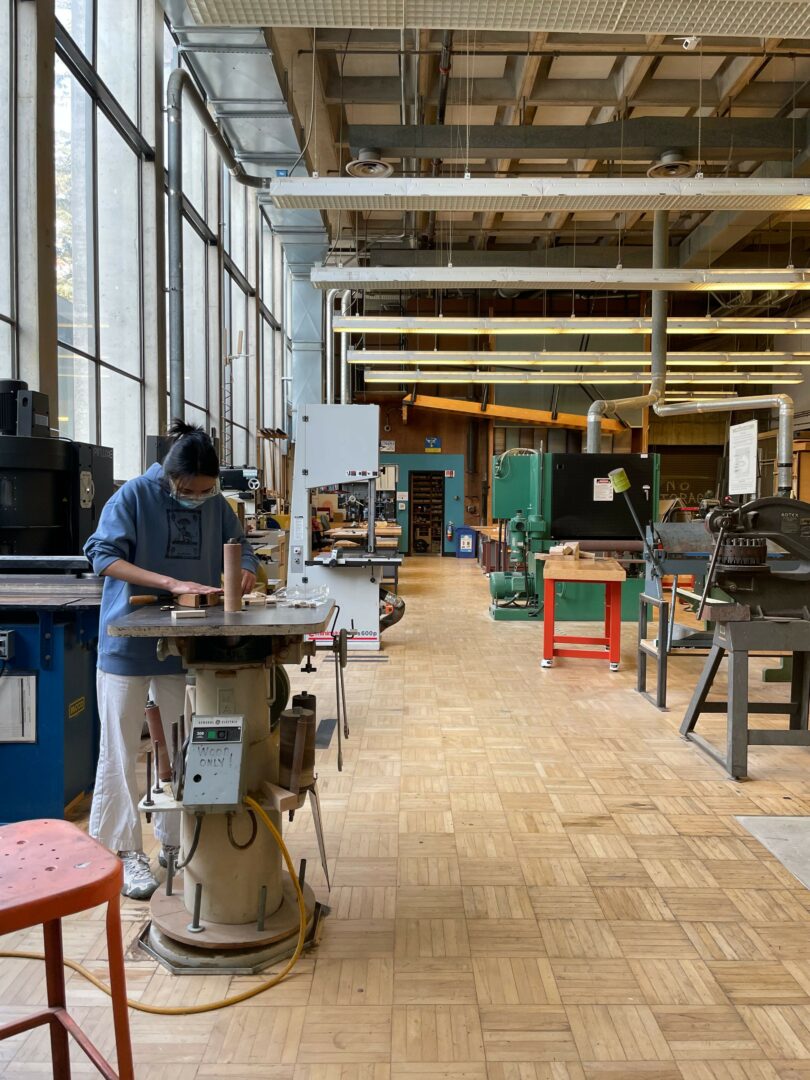

If you had to pick three qualities that are most important to develop, which three would you say matter most?
Three qualities define both my work and my life: curiosity, prudence, and care.
Curiosity keeps me exploring like a child – eager to learn, absorb new technologies, and understand the evolving materiality of our world. It pushes me to look beyond surface aesthetics and ask deeper questions: How can this material respond to light and time? How might this space evolve with the people who inhabit it? Curiosity, to me, is not just about learning – it is about observing the invisible connections that give meaning to architecture.
Prudence grounds my creativity. Architecture is an interdisciplinary pursuit that requires collaboration with mechanical, electrical, structural, and civil systems, each governed by its own codes and logic. A careful and rigorous approach ensures that design excellence aligns with technical precision.
Care reminds me that architecture is ultimately for people. It drives me to design through a human-centered lens, considering resilience, social equity, and environmental impact. Whether by integrating adaptable structures to mitigate climate challenges or designing spaces that foster inclusivity, I see architecture as a powerful tool to uplift communities and enrich lives.


Awesome, really appreciate you opening up with us today and before we close maybe you can share a book recommendation with us. Has there been a book that’s been impactful in your growth and development?
I was recently deeply impacted by Michael Young’s Aesthetics, Digital Images and Architecture. This book challenged me to reconsider the role of visual expression in architecture – not just in terms of form or material, but in how architecture is perceived, experienced, and communicated. It explores the idea that the images we create, whether through drawings, renderings, or digital media, are not merely representations of design – they are powerful tools that shape perception, influence interpretation, and even guide how people engage with space.
What struck me most is how Young emphasizes the subtle yet profound role of context and entourage – the elements surrounding a building or space that might seem secondary, but actually contribute significantly to the overall experience. This perspective encouraged me to see beyond the obvious components of a design and to consider how everything in the environment – landscape, neighboring structures, light, and even temporary installations – can interact with and amplify architectural ideas. It reminded me that design is rarely isolated; it exists within a network of visual, cultural, and social influences that can be leveraged thoughtfully to enrich the experience of a place.
Reading this book has influenced how I approach both conceptual and practical aspects of design. I now spend more time thinking about the narrative that a project conveys visually, and how the surrounding context can be integrated into that narrative. It has made me more attentive to the layers of perception, ensuring that every element – from the smallest detail to the overall composition – works harmoniously to convey intention and meaning. In this way, the book has not only shaped my understanding of architectural aesthetics, but also deepened my appreciation for the subtle interactions between a building, its environment, and the people who experience it.
Contact Info:
- Instagram: takii.hu
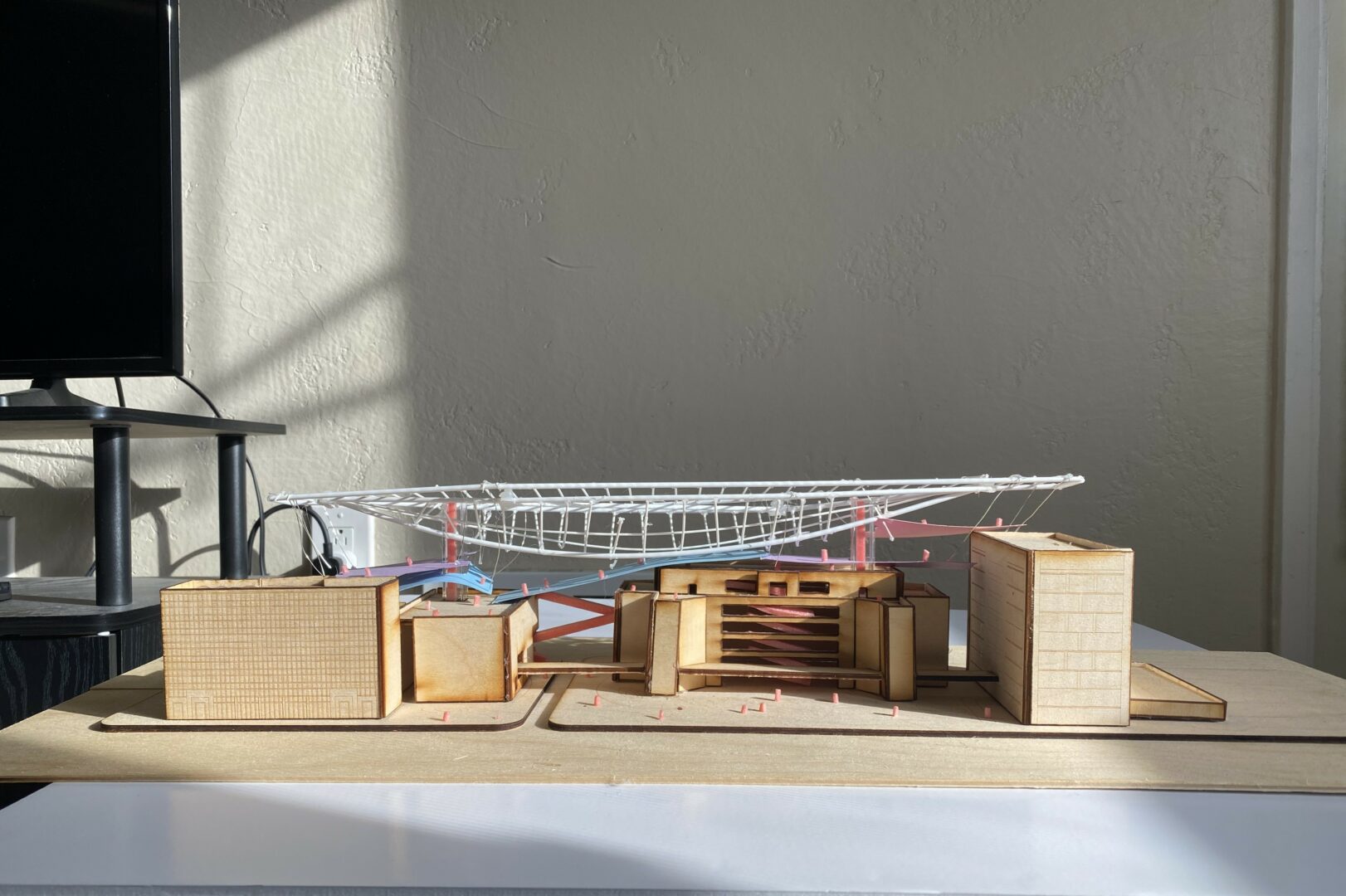

so if you or someone you know deserves recognition please let us know here.

